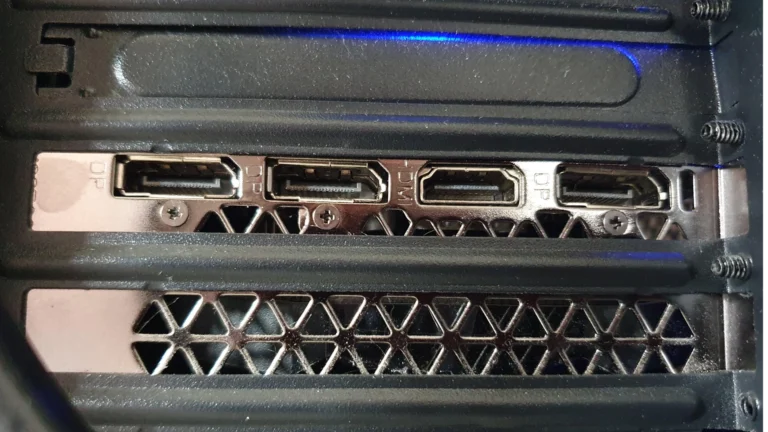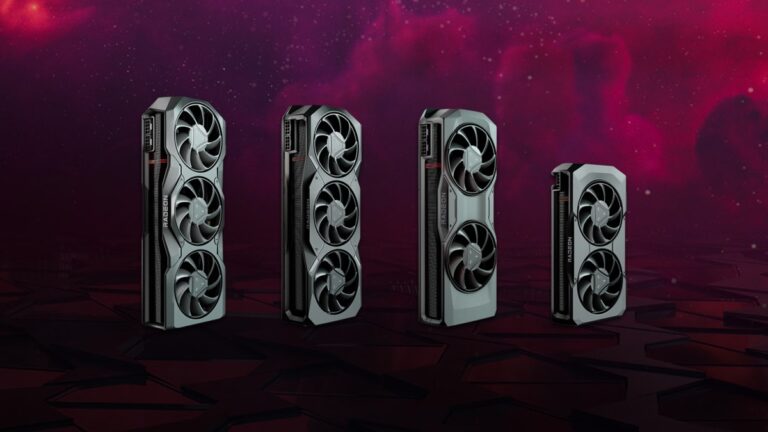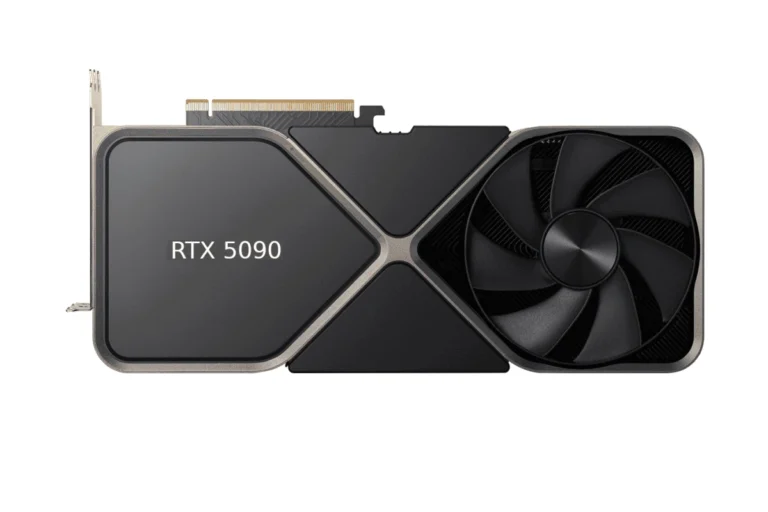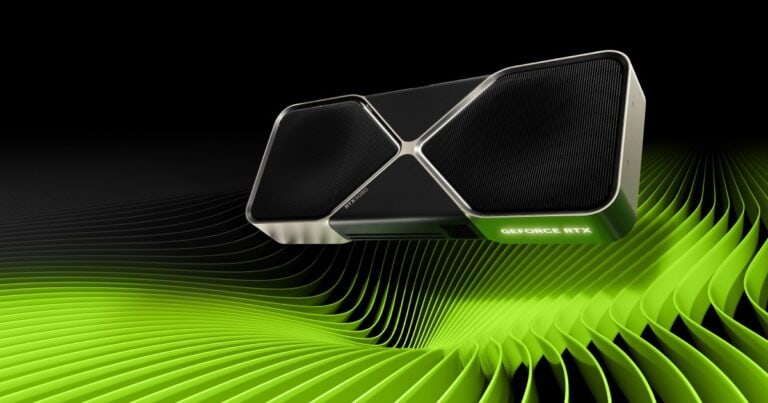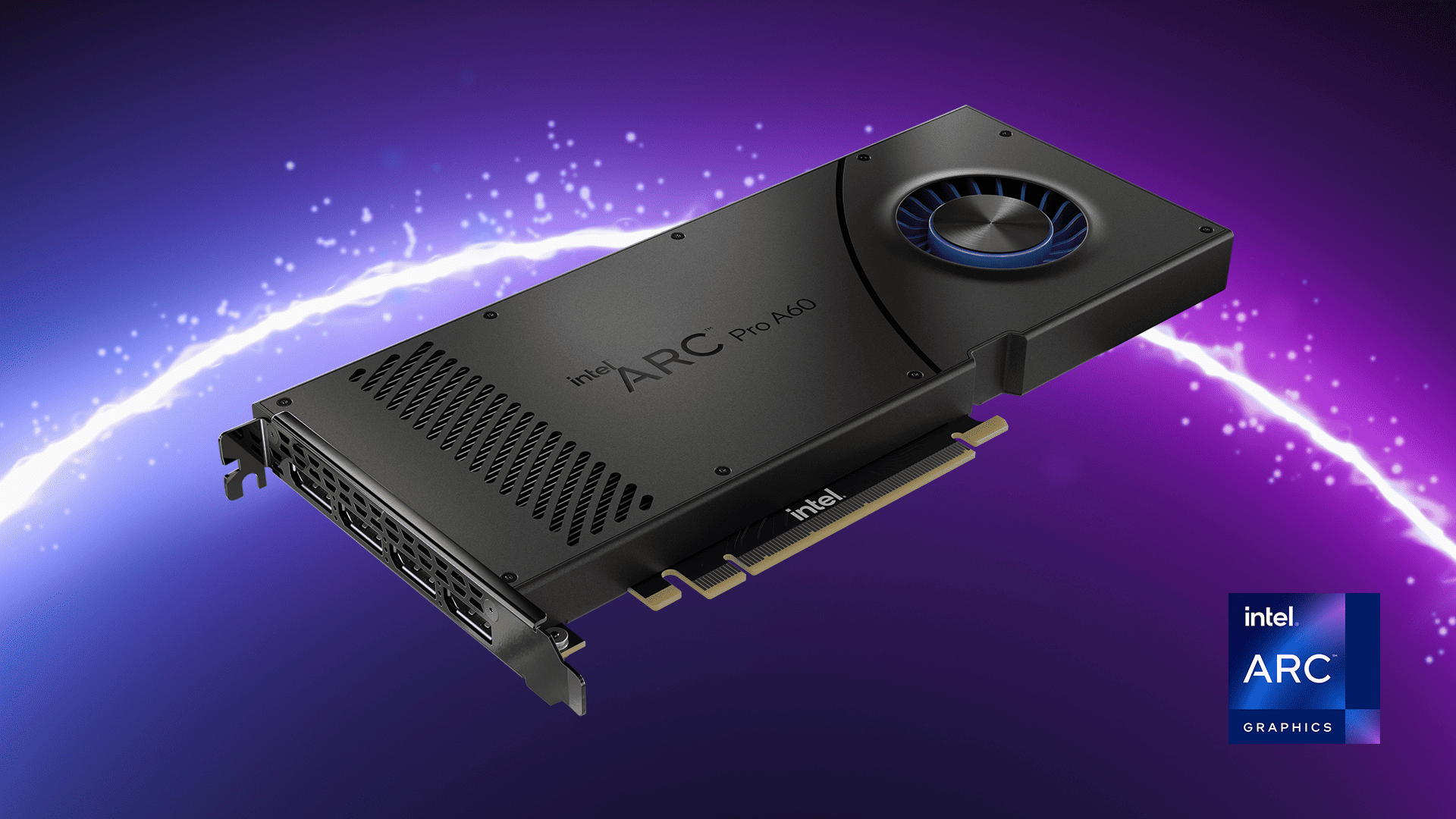
Intel’s new Battlemage graphics cards are getting a lot of attention and people are really hoping they succeed if for no reason other than giving NVIDIA and AMD some healthy competition. Whatever happens, the GPUs are expected to bring some big changes to the market. On the cost front, people have been very eager to see what Intel decides but so far they haven’t really come out with any official guidance yet. Most industry analysts believe Intel’s Arc “Battlemage” GPUs could be launched in different tiers with different price points, starting as low as $200 and going up in the $600 range.
On the low to mid-range, Intel’s Battlemage GPUs could put a lot of pressure on AMD and NVIDIA and would see prices fall in the $200 – $450 range. This would serve a huge market segment of value buyers who are very sensitive to pricing – especially if Intel does a good job marketing their cards and the cards perform well. The upper mid to higher-end Battlemage lineup might slide in at the $500-$600+ range due to the size of the chip and the manufacturing costs associated with that.
This would be very competitive with AMD and NVIDIA but Intel historically hasn’t been able to match them in terms of power. How these cards get adopted by the mid to upper-tier gaming market will be a question that can only be answered once the cards are released and benchmarked.
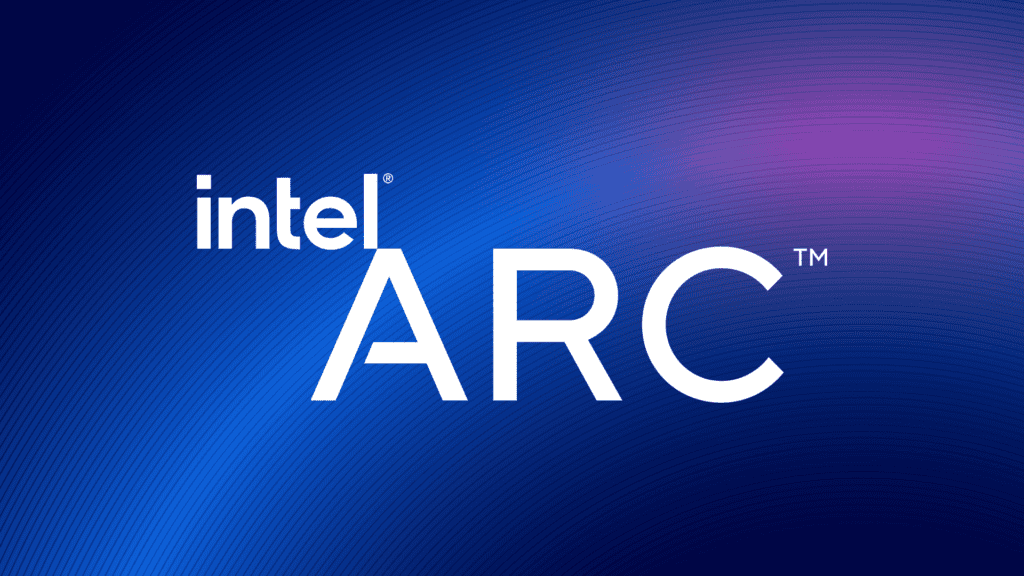
Intel Battlemage GPUs: Pricing Speculation and Market Predictions
The Rumored Price Point
While Intel hasn’t officially released pricing details, early rumors suggest the flagship Battlemage GPU could target the $500 price bracket. This aligns with the competitive landscape in the graphics card market, with several GPUs vying for attention in the $400-$600 range.
Potential Performance Targets
Leaked specs hint that Intel might aim for performance comparable to Nvidia’s RTX 4070 or RTX 4070 Ti with its top-tier Battlemage GPU. If true, this could position Battlemage as a strong contender in the mid-range to high-end segment, offering an alternative to Nvidia and AMD options.
Price Predictions for Different Battlemage Models
| Model (Speculation) | Estimated Price | Potential Competitors |
|---|---|---|
| BMG G10 | $500-$600 | RTX 4070, RTX 4070 Ti |
| BMG G21 | $350-$450 | RTX 4060 Ti, RX 7600 |
| BMG G31 | $200-$300 | RTX 4060, RX 7600 XT |
Market Impact and Speculations
Intel’s entry into the discrete GPU market with the Arc series has already shaken things up. With Battlemage, Intel aims to build on that momentum, offering improved performance, features, and potentially competitive pricing. If Intel delivers on these promises, it could further intensify the competition and potentially lead to lower prices for consumers.

Factors Influencing Pricing
Several factors could influence the final pricing of Battlemage GPUs:
- Production Costs: The cost of manufacturing, including chip yields and component prices, will play a significant role.
- Market Competition: The pricing strategies of Nvidia and AMD will undoubtedly impact Intel’s decisions.
- Performance and Features: The actual performance and unique features of Battlemage GPUs will justify the price tag.
- Target Audience: Intel might adjust prices based on whether they focus on gamers, content creators, or both.
Key Takeaways
- Battlemage GPUs may be priced competitively in the $200-$400 range
- Intel aims to challenge AMD and NVIDIA in the graphics card market
- The new lineup could offer options for both budget and mid-range buyers
Overview of Intel Battlemage GPU
Intel’s Battlemage GPU is the next step in the company’s push into the graphics card market. This new line aims to build on the foundations laid by the Alchemist series.
Intel’s Position in the GPU Market
Intel is still new to making standalone graphics cards. They face tough competition from NVIDIA and AMD. The Battlemage GPUs will be Intel’s second try at high-performance graphics cards.
Intel wants to gain market share. They plan to do this by offering good performance at competitive prices. The company has been working hard to improve its drivers and software support.
Intel’s goal is to become a real choice for gamers and content creators. They hope Battlemage will help them achieve this aim.
Expected Price Range and Market Trends
Intel hasn’t announced official prices for Battlemage GPUs yet. But we can make some guesses based on current trends.
- Low-end models: $100 – $200
- Mid-range models: $200 – $400
- High-end models: $400 – $700
These prices are likely to be lower than similar cards from NVIDIA and AMD. Intel might use this pricing to attract buyers.
The graphics card market changes fast. Chip shortages and crypto mining have affected prices in recent years. By 2025, when Battlemage is expected to launch, these factors may be less important.
Battlemage Xe Architecture Insights
Battlemage will use Intel’s Xe2 architecture. This is an upgrade from the Xe used in Alchemist GPUs.
Key features of Battlemage Xe2:
- More Xe cores
- Faster clock speeds
- Better ray tracing performance
- Improved power efficiency
Intel is working on enhancing their AI upscaling tech. This could help Battlemage compete with NVIDIA’s DLSS and AMD’s FSR.
The new GPUs will likely use a more advanced manufacturing process. This could mean 5nm or even 3nm chips. Smaller transistors often lead to better performance and power use.
Technical Specifications and Performance Expectations
Intel’s Battlemage GPUs aim to boost performance and features. These new graphics cards may shake up the market with improved specs and capabilities.
Comparative Analysis with Competitors
Battlemage GPUs are set to compete with AMD and Nvidia offerings. Early leaks suggest they might match mid-range cards from rivals. The top Battlemage model could challenge the RTX 4070 or RX 7700 XT.
Key specs may include:
- 12-16 GB VRAM
- 256-bit memory bus
- Clock speeds around 2.5-3.0 GHz
Intel’s XE2-HPG architecture promises better efficiency. This could lead to cooler, quieter cards that use less power.
Anticipated Gaming and AI Performance
Battlemage GPUs are expected to handle 1440p gaming with ease. 4K gaming at 60 FPS might be possible on high settings for many titles. These cards may offer:
- Improved ray tracing performance
- Better AI upscaling (similar to DLSS or FSR)
- Enhanced video encoding for streamers
Early benchmarks hint at a 50-70% boost over Arc Alchemist cards. This jump could make Battlemage competitive for both gaming and content creation tasks.
Hardware Integrations and Driver Support
Intel is working to improve driver stability and game compatibility. Battlemage cards should have:
- Better Day 1 game support
- Improved overclocking tools
- Enhanced streaming and recording features
The cards may also include:
- AV1 encoding
- DisplayPort 2.1 support
- PCIe 5.0 compatibility
Intel’s push for better software support could make Battlemage more appealing to users who faced issues with earlier Arc GPUs.
Frequently Asked Questions
Intel’s upcoming Battlemage GPUs have sparked a lot of interest. People want to know about pricing, release dates, performance, and specs. Here are some key questions and answers about these new graphics cards.
What are the expected pricing details for the upcoming Intel Battlemage GPUs?
Intel hasn’t shared official pricing yet. Based on their first Arc GPUs, Battlemage cards might cost between $200 and $500. This would put them in the mid-range market. Intel may try to undercut NVIDIA and AMD prices to gain market share.
When is the release date scheduled for Intel Battlemage GPUs?
The exact release date isn’t set. Reports suggest Battlemage GPUs could launch in 2024. This fits with Intel’s plan to release new GPU generations every 12-18 months. The timing may depend on how well Intel can improve its drivers and manufacturing.
How does Intel Battlemage performance compare to Nvidia’s current offerings?
It’s too early to know for sure. Intel aims to compete with mid-range cards from NVIDIA. This could mean performance close to RTX 4060 or 4070 levels. Intel will need big gains over their first Arc GPUs to match NVIDIA’s latest cards.
What specifications can be anticipated from the Intel Battlemage GPU range?
Battlemage GPUs will likely use TSMC’s 4nm process. This is a big step up from the 6nm process used for Arc Alchemist. The new process should allow for more transistors and better power efficiency. Expect improved ray tracing and AI upscaling features too.
What amount of VRAM will be featured in the Intel Battlemage series?
VRAM details aren’t confirmed yet. Mid-range cards today often have 8GB to 16GB of VRAM. Intel might follow this trend. Higher-end Battlemage GPUs could offer more VRAM to compete with top NVIDIA and AMD cards.
Is Intel planning to continue the Arc GPU lineup beyond the Battlemage generation?
Yes, Intel plans to keep making GPUs. They’ve announced a roadmap with future generations after Battlemage. These include “Celestial” and “Druid” GPUs. This shows Intel’s long-term commitment to the graphics card market.

